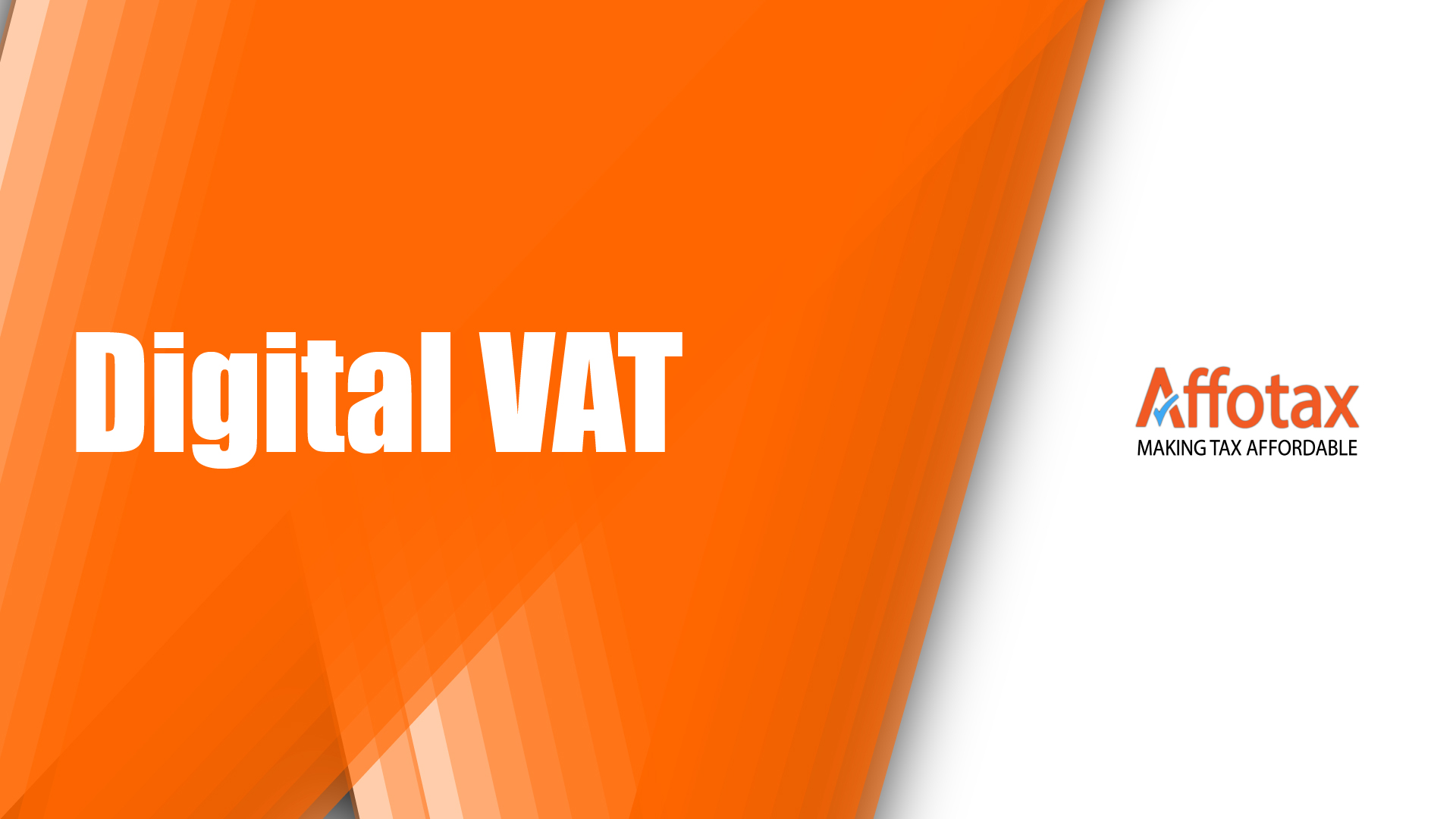Introduction
In a bid to simplify the tax system, reduce errors, and enhance efficiency, HM Revenue and Customs (HMRC) introduced the Making Tax Digital (MTD) reform. Initially, it was aimed at businesses above the registration threshold, but now it's set to become mandatory for all VAT-registered businesses starting from November 1, 2022. This article delves into what MTD means for small businesses and provides insights on how to prepare for this digital tax revolution.
Why MTD for VAT?
The core objective of MTD is to streamline tax processes, making it easier for businesses to comply with their tax obligations while minimizing errors and fraud. By digitizing VAT returns and business records, HMRC aims to create a more efficient and accessible tax system.
Is MTD for VAT Compulsory?
Yes, under the new rules, VAT-registered businesses will be required to use compatible software for maintaining digital records of business transactions and filing VAT returns. This software must be able to connect with HMRC's systems and meet specific requirements.
To facilitate this transition, HMRC will discontinue its standard facility for submitting returns for periods ending on or before October 31, 2021. Therefore, businesses need to switch to MTD-compliant software for any submissions made from November 1, 2022. HMRC is committed to supporting businesses through this change, offering free and paid accounting software options, along with training and guidance.
Is Your Accounting Software MTD-Ready?
To prepare for MTD, small businesses can take several steps:
- Check Software Compatibility: Verify if your current accounting software is compatible with MTD requirements. If it's not, you'll need to upgrade to a compatible version or consider switching to a different software package.
- Start Digitizing Records: Begin the practice of maintaining digital records of your business transactions. This can be done using various tools, including accounting software, spreadsheet software like Microsoft Excel, or Google Sheets.
- Educate Yourself: Familiarize yourself with the new MTD requirements and how they will impact your business. HMRC's website offers comprehensive guidance on the MTD reform, providing insights into the necessary preparations.
Conclusion
The advent of Making Tax Digital for VAT represents a significant shift in how small businesses handle their tax obligations. However, with proactive preparation, businesses can smoothly transition to the new system. By taking action now, such as verifying software compatibility, digitizing records, and staying informed about the reform, businesses can ensure they are ready for the changes set to take effect on November 1, 2022.
If you have any queries or concerns regarding the MTD reform and its implications for your business, don't hesitate to reach out. We're here to assist and guide you through this transformation in tax compliance.
Note: Please note that the content of the above blog and the aforementioned information are solely for the purpose of awareness and are informative in nature. The content is designed with intent to ease the understanding while preserving the essence and importance of the compliance rules and shall not be considered as an ultimate replication of the rules. Affotax does not own any responsibility whatsoever for any unpleasant event that may arise due to the misinterpretation of a specific part or whole of the information.

